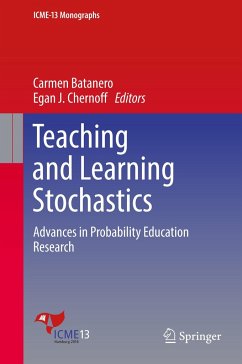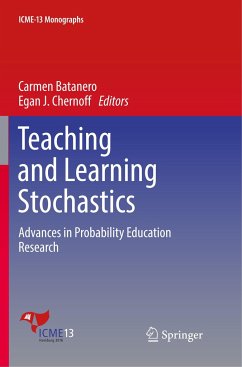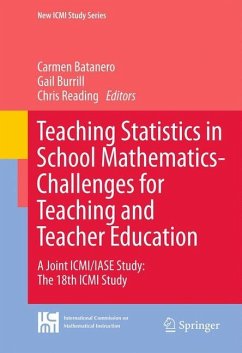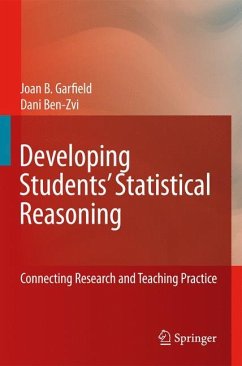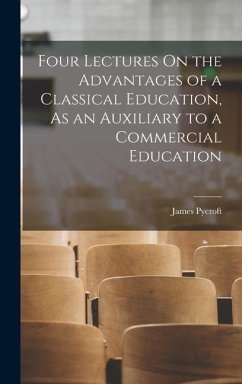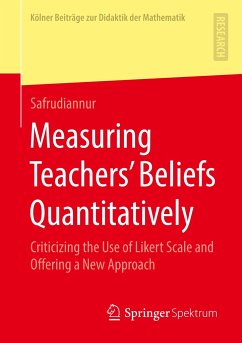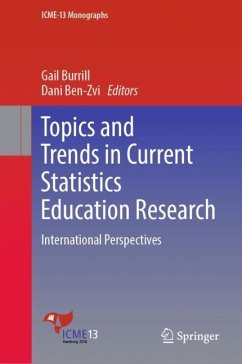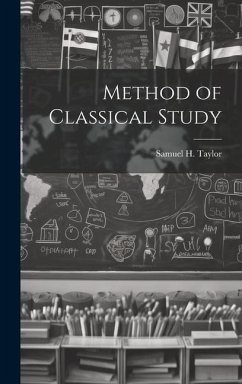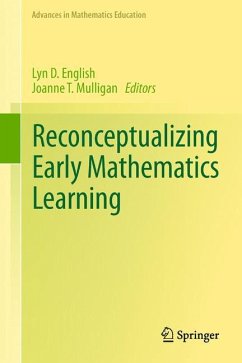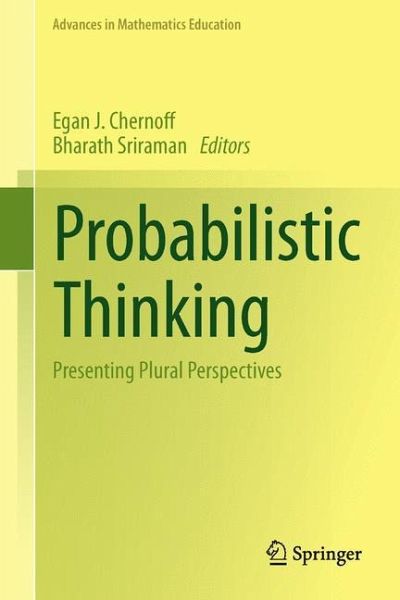
Probabilistic Thinking
Presenting Plural Perspectives
Herausgegeben: Chernoff, Egan J; Sriraman, Bharath

PAYBACK Punkte
95 °P sammeln!
This volume provides a necessary, current and extensive analysis of probabilistic thinking from a number of mathematicians, mathematics educators, and psychologists. The work of 58 contributing authors, investigating probabilistic thinking across the globe, is encapsulated in 6 prefaces, 29 chapters and 6 commentaries. Ultimately, the four main perspectives presented in this volume (Mathematics and Philosophy, Psychology, Stochastics and Mathematics Education) are designed to represent probabilistic thinking in a greater context.




